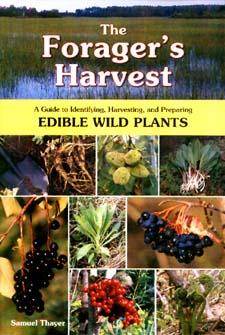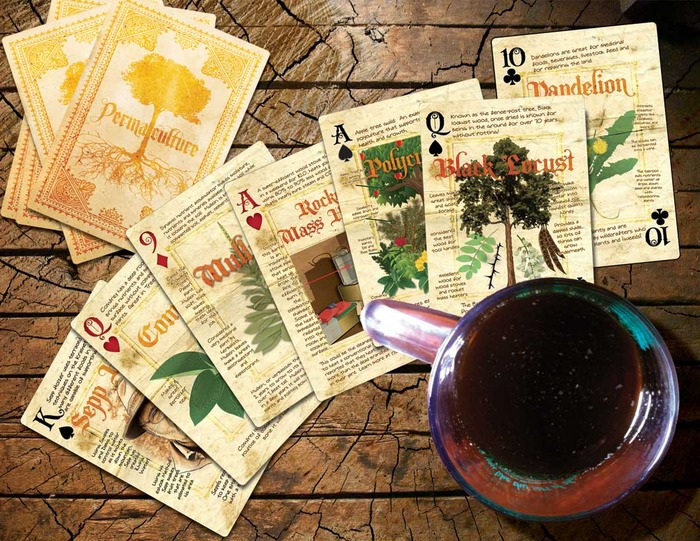
 9
9




 6
6




“If we are honest, we can still love what we are, we can find all the good there is to find, and we may find ways to enhance that good, and to find a new kind of living world which is appropriate for our time.” ― Christopher Alexander
 5
5




Our inability to change everything should not stop us from changing what we can.
 7
7




 7
7













 1
1












 4
4












Blake Lenoir wrote: I should learn to make sumac lemonade myself this year. Could we make juice from wild berries we pick from the field? Y'all tried huckleberry before and is it the same as blueberry?
 1
1




 2
2




Blake Lenoir wrote:Were the red huckleberries more tangy than the blue ones? Do all darker versions of berries taste much sweeter than the lighter ones?
Y'all had lingonberries and thimbleberries before since they're similar to blackberries? I've heard you all got Himalayan blackberries and more invasive than the native ones. How y'all deal with these pests choking the living daylights outta the ecosystem in the northwest?




 3
3




Blake Lenoir wrote: How kids respond to your lessons day in and day out to grasp a sharp understanding of what the natural world's about? Is your community off grid? How would kids adjust to an off grid environment when things go down?




 6
6




 3
3




 5
5




Blake Lenoir wrote: How kids respond to your lessons day in and day out to grasp a sharp understanding of what the natural world's about? Is your community off grid? How would kids adjust to an off grid environment when things go down?
 2
2




Best luck: satisfaction
Greatest curse, greed
 6
6




 5
5




Trying to Listen to the land.
 4
4











Invasive plants are Earth's way of insisting we notice her medicines. Stephen Herrod Buhner
Everyone learns what works by learning what doesn't work. Stephen Herrod Buhner
 3
3




 5
5




Best luck: satisfaction
Greatest curse, greed
 1
1








We gotta do a better job of teaching our kids about daily life in the world and how to operate in it.
~ jean (self-learner, homeschooling mom, DIY'er)
Teach the next generation by teaching them to love learning | https://selfeducatingfamily.com/





 1
1




Tradition is not the worship of ashes, but the preservation of fire.
 2
2





|
look! it's a bird! it's a plane! It's .... a teeny tiny ad
The new permaculture playing cards kickstarter is now live!
https://www.kickstarter.com/projects/paulwheaton/garden-cards
|








